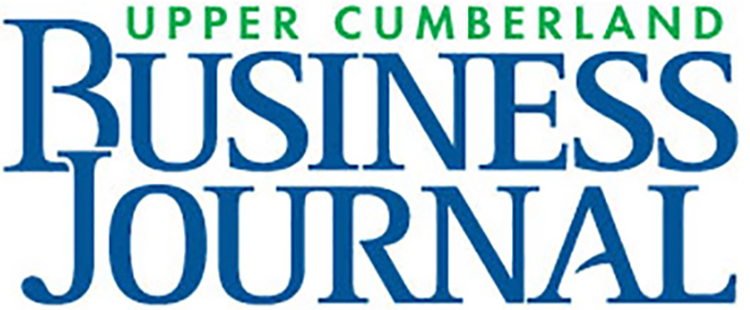By Lillian Hartgrove, State Board of Education Chairman
Special to the UCBJ
For the first time in more than 50 years, the U. S. Department of Labor’s (DOL) Wage and Hour Division (WHD) released a final rule updating the regulations governing regular rate requirements under the Fair Labor Standards Act (FLSA). Regular rate requirements define what forms of additional payments beyond regular hourly or salaried wages must be included or may be excluded in the “time and one-half” calculations when determining workers’ overtime rates.
The Final Rule focuses primarily on clarifying whether certain kinds of benefits or “perks,” and other miscellaneous items must be included in the regular rate. Specifically, the final rule clarifies that employers may offer the following perks and benefits to employees without risk of additional overtime liability:
- The cost of providing certain parking benefits, wellness programs, onsite specialist treatment, gym access and fitness classes, employee discounts on retail goods and services, certain tuition benefits (whether paid to an employee, an education provider, or a student-loan program, and adoption assistance;
- Payments for unused paid leave, including paid sick leave or paid time off;
- Payments of certain penalties required under state and local scheduling laws;
- Reimbursed expenses including cellphone plans, credentialing exam fees, organization membership dues, and travel, even if not incurred “solely” for the employer’s benefit, and clarifies that reimbursements that do not exceed the maximum travel reimbursement under the Federal Travel Regulation System or the optional IRS substantiation amounts for travel expense are per se “reasonable payments”;
- Certain sign-on bonuses and certain longevity bonuses;
- The cost of office coffee and snacks to employees as gifts;
- Discretionary bonuses, by clarifying that the label given a bonus does not determine whether it is discretionary and providing additional examples and;
- Contributions to benefit plans for accident, unemployment, legal services, or other events that could cause future financial hardship or expense.
In the preamble to the Final Rule, there is a great deal of discussion regarding what makes certain of these perks and benefits excludable from the regular rate and what makes other ones not excludable. Most of these perks and benefits relate to what constitutes the “other similar payments” that are excludable from the regular rate under FLSA §7(e)(2). To be excludable, such payments cannot depend on hours worked, services rendered, job performance, or other criteria that depend on the quality or quantity of the employee’s work.
Frequent reference is made to perks and benefits that are conditioned only on being an employee, without any ties to quality or quantity of work. For example, sign-on bonuses with no “clawback” provision are excludable from the regular rate, but a sign-on bonus which is contractually dependent on length of service is considered essentially a longevity bonus and must be included in the regular rate. Similarly, tuition programs that are available to employees regardless of their hours worked or services rendered and are instead contingent merely on one’s being an employee would qualify as “other similar payments” under §7(e)(2).
The further preamble also discuses that “other similar payments” do not include benefits which would be considered as wages under §3(m) of the FLSA. For instance, routinely provided childcare qualifies as an in-kind reimbursement for “expenses normally incurred by the employee for his own benefit,” and as such are wages that must be included in the regular rate. In contrast, the preamble states that discounts for online courses, continuing-education programs, modest tuition reimbursement programs and programs for repaying educational debit are not “fungible, any-purpose cash” and are excludable as long as they are available to employees regardless of their hours worked or services rendered.
With regard to what constitutes a discretionary bonus that is excludable from the regular rate, the regulation in §778.211(d) provides a few examples:
- Bonuses to employees who made unique or extraordinary efforts which are not awarded according to pre-established criteria;
- Severance bonuses;
- Referral bonuses for employees not primarily engaged in recruiting activities;
- Bonuses for overcoming challenging or stressful situations; and
- Employee-of-the-month bonuses.
Such bonuses are usually not promised in advance and the fact and amount of payment is in the sole discretion of the employer.
Finally, the DOL made two substantive changes to the existing regulations. First, the DOL eliminated the restriction in 29 CFR §§778.221 and 778.222 that “call-back” pay and other payments similar to call-back pay must be “infrequent and sporadic” to be excludable from an employee’s regular rate. The DOL added language to §778.222 stating that in order to excludable from the regular rate, the payments must be made without prearrangement.
The second substantive change was to update the regulations on “basic rate,” which is authorized under FLSA §7(g)(3) as an alternative to the regular rate under specific circumstances. Under the previous regulations, employers using an authorized basic rate could exclude from the overtime computation any additional payment that would not increase total overtime compensation by more than $0.50 a week on average for overtime workweeks. The Final Rule updates the regulation to change the $0.50 limit to 40% of the higher of the applicable local, state or federal minimum wage.
The Final Rule is effective on Jan. 15, 2020.








